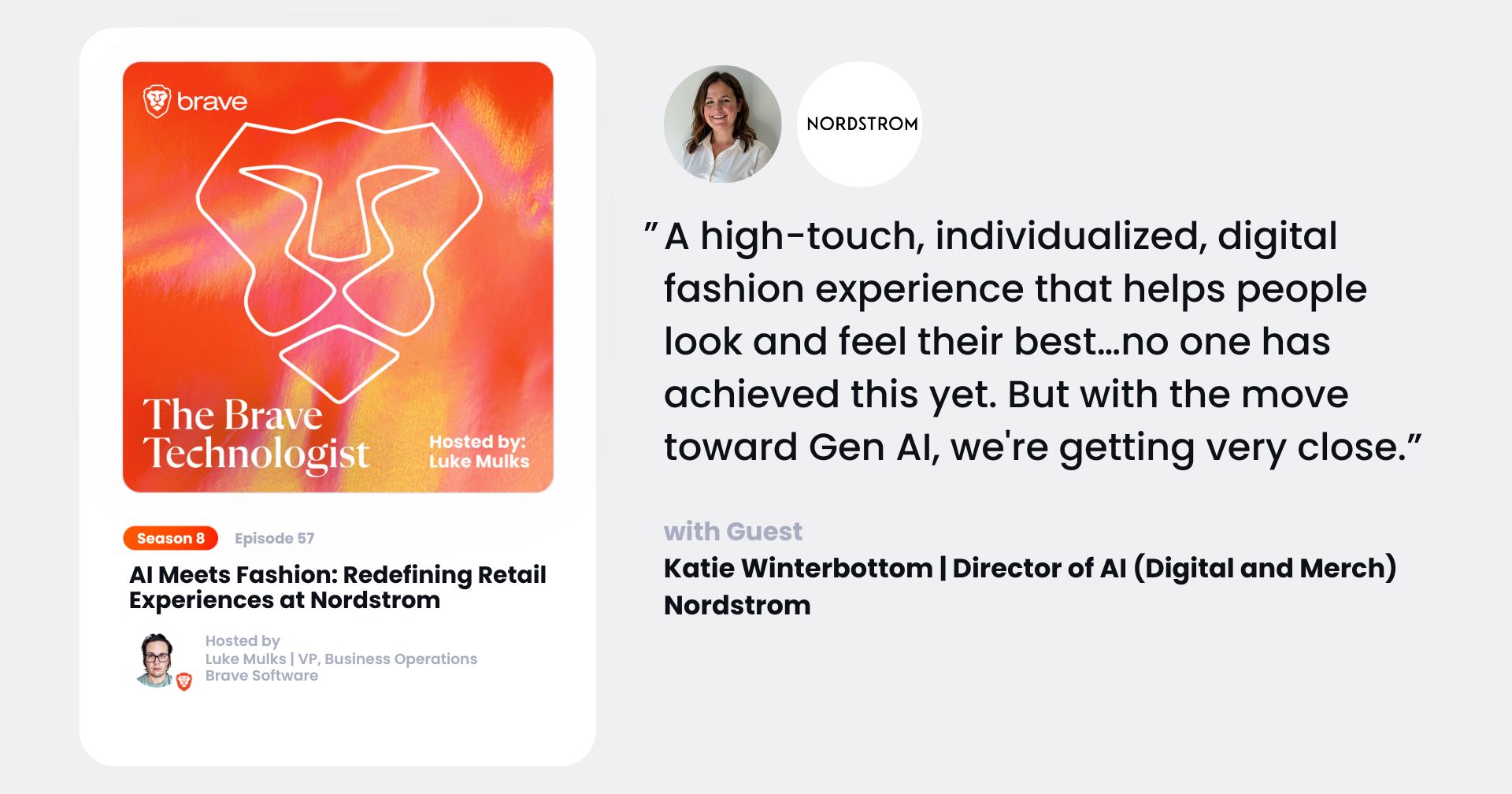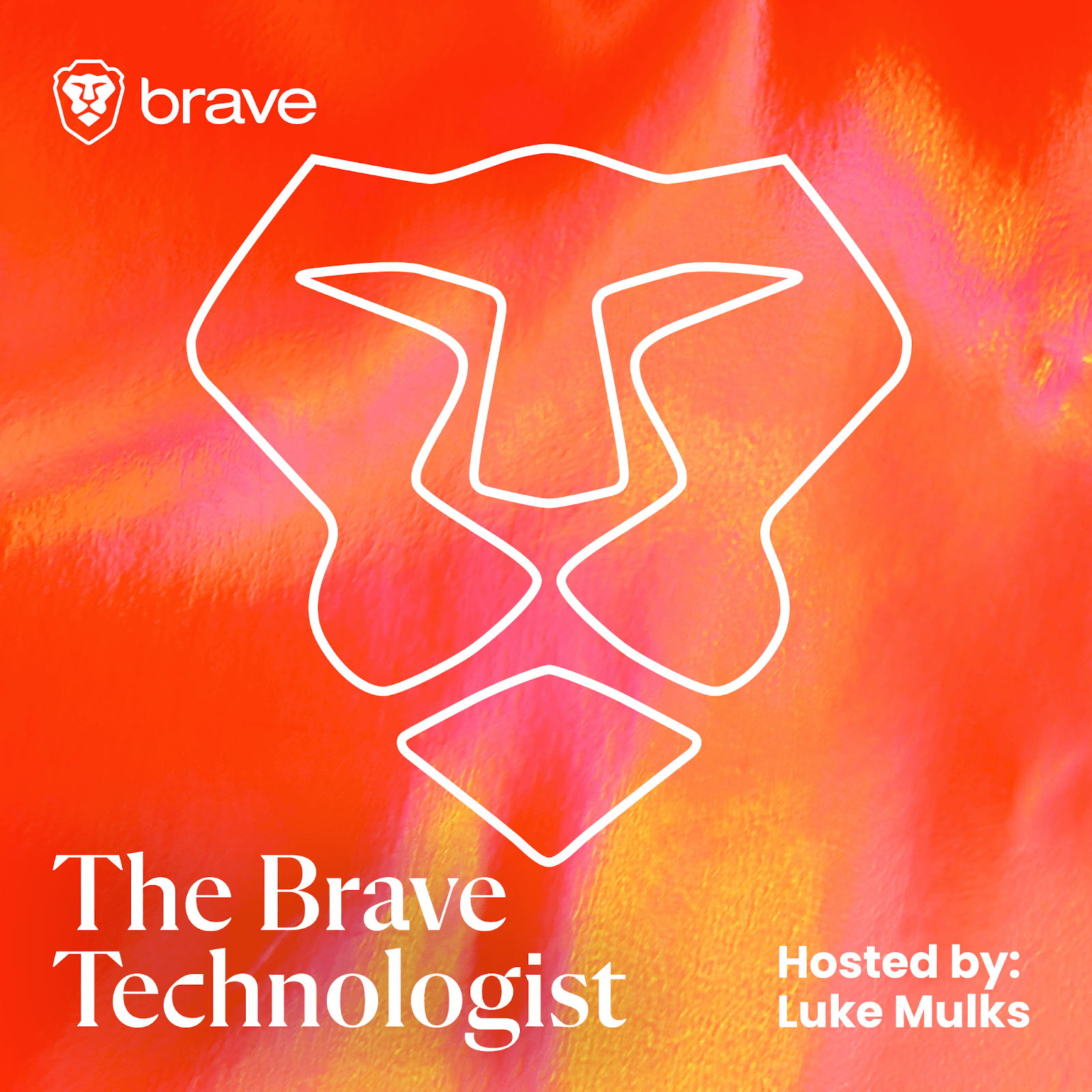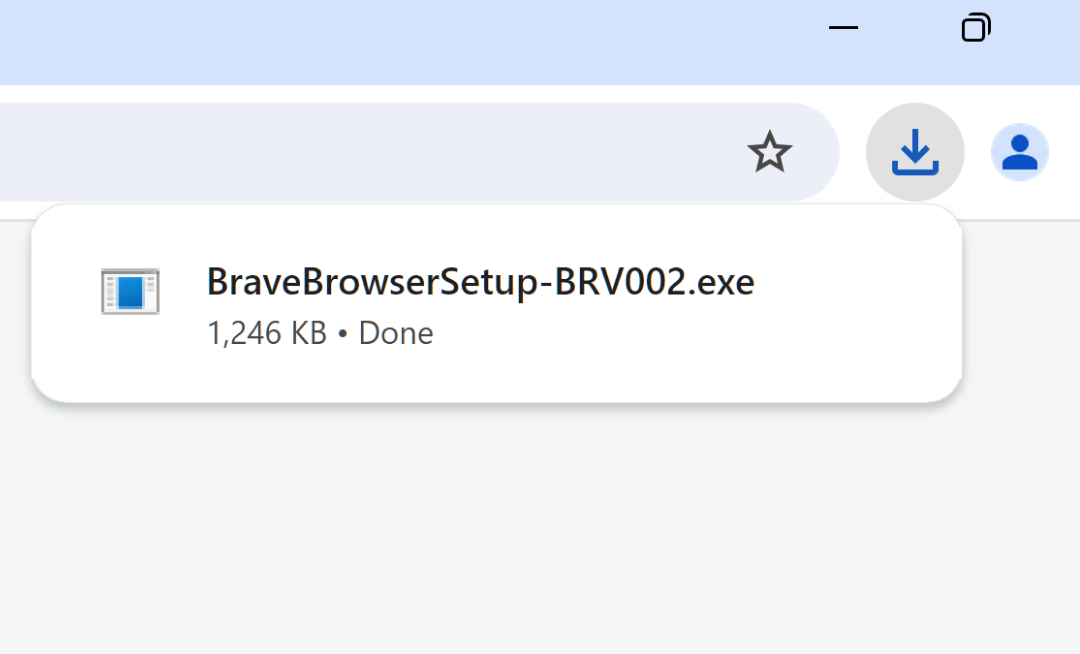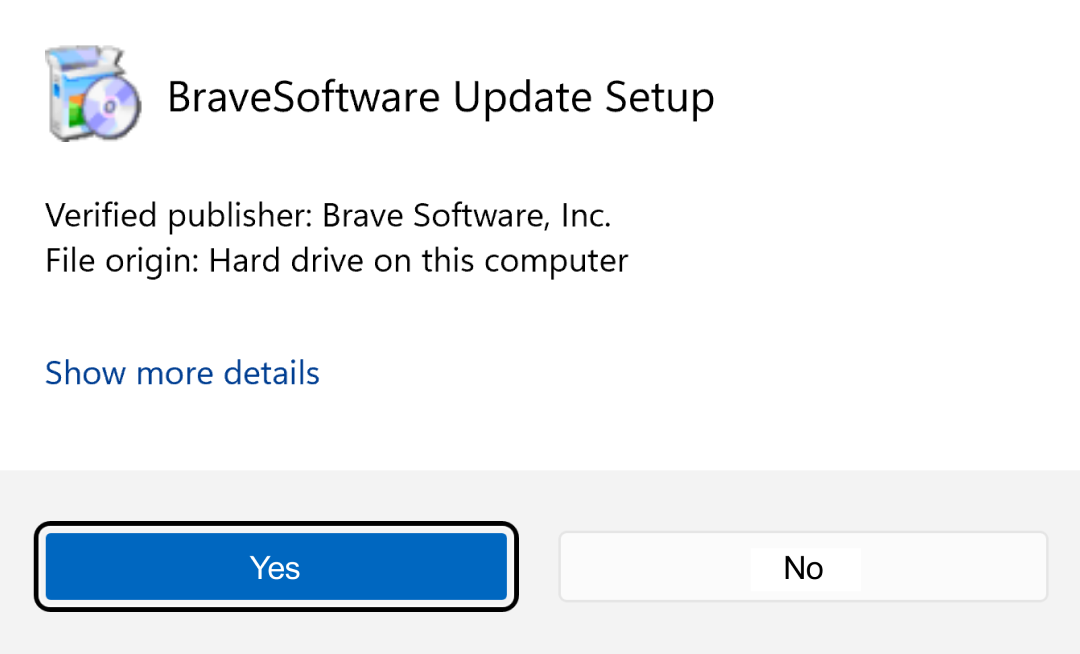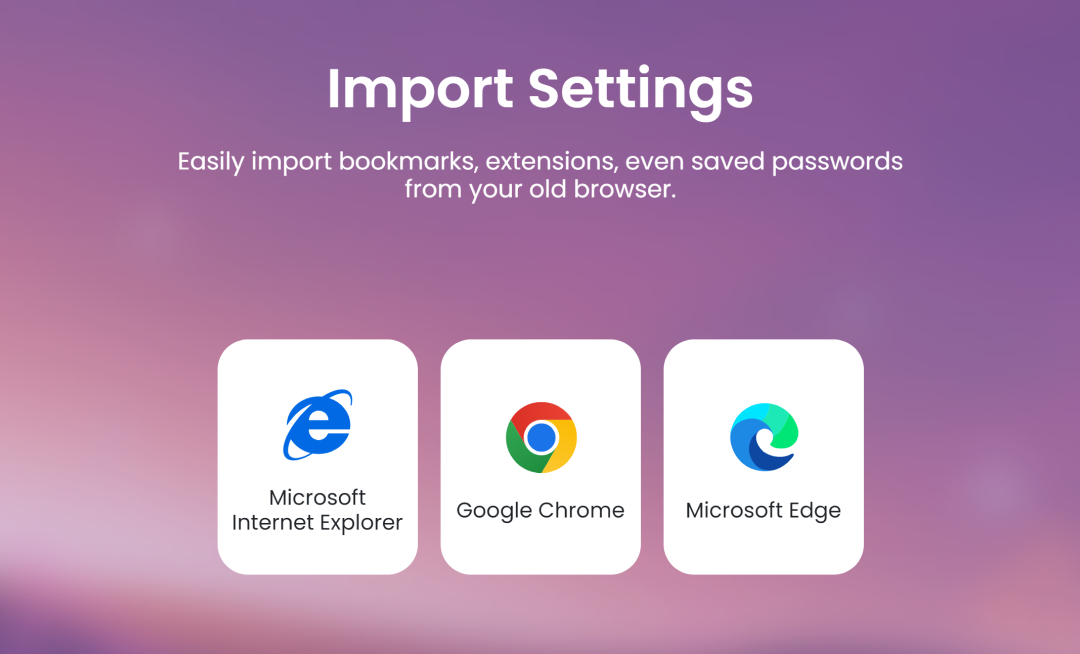AI Meets Fashion: Redefining Retail Experiences at Nordstrom
[00:00:00]
[00:00:11]
[00:00:35]
[00:00:46]
[00:00:56]
[00:00:59] [00:01:00] Katie, welcome to the brave technologist. Thanks for joining us today.
[00:01:07] Katie: Yeah, no, I appreciate the opportunity. I’m looking forward to the
[00:01:10] Luke: Me too. Me too. And I know we’re here at the AI summit in New York today. And I think you’re, you’re one of the speakers at the conference. Can you share with folks what you’re gonna be talking about?
[00:01:19] Katie: Yeah. I’m going to meet a couple of panels. One’s about the future of business transformation through AI. And the other is a little bit more about the ethics and, and those types of issues.
[00:01:29] Yeah.
[00:01:30] Luke: Yeah. What are some kind of interesting ways that you know, AI is transforming the fashion industry right
[00:01:36] Katie: Yeah. having been in the industry for, you know, only eight years, which is pretty junior at a company like. Um, It’s phenomenal. what strikes me the most is the capacity for large language models and multi modal models to capture, like, really precise fashion concepts.
[00:01:58] So, yeah, it’s like, [00:02:00] you know, there’ll be a micro trend that’s on Twitter, about, like, Charlie XCX. Or, you know, with Kamala in the summer, or oh, who knows? Like, Barbie, Barbie Chic was a thing a couple of years
[00:02:14] ago, right, and you think of these things as like, they’re new. But, however, it shows up captured in the language, and you can retrieve the outfits that are akin and similar to that.
[00:02:24] To me, that’s just fascinating, right? In the, in the previous world. The tagging and so on and so forth and needing an expert human to bring those things together. And of course this, all these tools assist our phenomenal stylists and buyers. But where we’ve seen it is in better surfacing of products to our customers in our digital space.
[00:02:46] And then a lot of changes that we have coming and, and have come already in the in the merchandising space. You know, which is traditionally. An art more than a science about, you know, what products do we buy [00:03:00] what prices do we give when we mark down, and a lot of, a lot of that information can be supplemented with, you know, some of the modern architecture.
[00:03:09] So for me, I think that’s just, like, it’s fascinating, it’s a really cool space to work in. We’re able to, read what, modern and, and might be. Growth trends are.
[00:03:20] Yeah.
[00:03:20] Luke: super cool. I mean, because it feels like, you know, compared to other kind of advances in tech, like you have this mix of like, consumer shopping experiences and then also like the visualization of generative AI and the ability, like you’re saying, to spot trends, right? Like where you can have. A model looking at things and kind of training on different, you know, wardrobe or these types of seasonal trends.
[00:03:43] Seems like this super interesting. I think it’s like not something people always think about either. It’s like how this applies to the fashion world.
[00:03:49] Katie: yeah, yeah, yeah. And we, and you know, we have a a pilot that’s going on. It’s, it’s aligned so we can talk about it or we, it’s a trend report, right? So we have these longer term trend report. It’s where we have our fashion [00:04:00] experts who are, you know, writing about what to wear in the fall, so on and so forth.
[00:04:05] And then we also have these supplemental, like, micro trend reports, which we get, you know, through a combination of generative AI and, you know, these other tools. And so I’m excited also about, like, agentic architecture and what that could create. Yeah, yeah, it’s been, for a long time we’ve done um, AI generated outfits.
[00:04:24] But the potential For expanding that and making those more customized with Jenny. I had an agentic architecture. It’s just like, it’s, you know, look at me like I’m not particularly fashionable. And you know, for someone like me, that’s a great way to interact and understand, you know, what fits,
[00:04:44] Luke: That’s awesome. Yeah. Like, have you seen, and if you can’t answer this, no worries. as far as like. Customers or users adopting AI, like, have you all seen users expressing demand or showing demand or interest in, like, in some of these things as you’ve been [00:05:00] presenting them to users?
[00:05:00] Like, has there been stuff that’s been adopted, or are people just trying to kind of figure it
[00:05:04] Katie: Yeah. Yeah. So I think it, you know, I’ll, I’ll, I’ll break that into. Our big C customer, you know, and our little C customer, which is our antenna folks. So on our big C customer side the customers are very responsive to our outfits which, you know, take an item and then pair it with other pieces, and we, you know, we’re fortunate enough that we’ve been doing outfits for a long time, and so we’ve had stylists that curate and create outfits, and we’ve had stylists that for a while were curating and painting.
[00:05:35] AI generated outfits, and now we’re able to push a lot into production directly. And that does drive a lot of demand and a lot of engagement. It’s similar, you know, there’s, particularly among, you see like our, our younger consumers, there’s a set of people who kind of would prefer not to interact with a human or to get it that way.
[00:05:56] And of course it powers, these types of technologies power [00:06:00] our personalization Um, which is what’s behind all of our ranking. And we’ll soon, you know, expand into other, other areas of the business and stores.
[00:06:10] Luke: I can imagine it’s got a balance of like, you know, trying to kind of like leverage these tools without kind of tweaking the customer experience too much, right? Like, and making it feel like part of that, right? Because you’re such an established
[00:06:23] Katie: Yeah, Yeah, yeah, It’s a, you know, over a hundred year old company. And, and one of the things, we were very cautious about moving towards auto publishing without Fitbit. For example, you know, because there’s always a strong brand and and a lot of that brand is fashion But a lot of that brand is, you know customer service and trust
[00:06:40] Luke: Yeah, it’s like experiential, right? Like, yeah, yeah, Yeah
[00:06:42] I mean, Nordstrom’s like that. Got that so early on with this, like kind of nailing the customer experience, but it’s cool that you all are experimenting with AI with this too, where it’s like
[00:06:51] it is an experiential thing, right? And it’s like, there’s so many things where people can get lost in all the concerns where it’s actually, like, this is a really interesting [00:07:00] way to kind of combine these generative pieces together and all of that.
[00:07:03] are there ways that you all are looking at this too, like kind of from the business side of supply chains or stuff like that?
[00:07:08] Katie: yeah, yeah, yep a hundred percent yeah, you know for some time we’ve been utilizing AI pricing models forecasting to power The way that we mark down products. And so, you know, previously we had a team of distributed AMIs we call them. Don’t ask me the acronym
[00:07:28] because I don’t have them all memorized. But they, you know, sort of decide what products to mark down and how much to mark them down. Which is, of course, you know, substantial portion of our business. And at this point, the majority of that, particularly for RAC, there are some exceptions. We, you know, our, our highest end brands are very particular about how we do things and, and as well they should be with the price of their products.
[00:07:54] Right. but all of that is really automated through the smart markdown piece that we’ve built. And we’re [00:08:00] enriching that. And some other bottles that feed into it, sort of an ensemble model with the the embeddings that are, you know, multimodal, embedding. Is combining images and, and text about products.
[00:08:13] Those are predictive features in what we use in the birch space. So yeah, we have, our primary pieces right now are a down piece. We have some reorders, things of that nature. We look at like size curves, which sizes to put into which stores. But one of our challenges has been like the antiquated.
[00:08:33] Perhaps I shouldn’t put that in, but like, the legacy processes are very manual. They’re Excel files, and we have, the best buyers. We have great people who know fashion. But to accelerate what they’re doing, it’s important that we put that in a modern data tool that enables us to experiment with different models.
[00:08:51] And so we’re in the process of lightening onto a system that will allow more of that.
[00:08:56] Luke: it’s so cool. I mean, it’s one of those things where it just kind of shows you how powerful the [00:09:00] technology is, right? Like, a, an innovation where you can apply to all these different parts of the business. Like in in, in that, I mean, like, Is there a lot of education having to take place like within the company around like, look, here’s what these things mean.
[00:09:13] Here’s how to use them. Is that concerted effort that you all are having to make?
[00:09:16] Katie: Yeah, absolutely. Absolutely. I think education is, key and I think a, huge part of that component is not just like the technical of how do you use it, but the conceptual understanding that like, similar to how GPT can help me to, you know, quickly write a note to someone and double check it.
[00:09:34] Like, it’s a, it’s an accelerator. It’s something that does that That is the work that is the most tedious for you, so that you can focus on sort of the higher level tasks. Like mitigating the idea that it’s a risk to a job or trying to replace you. Like that is not what we want to do.
[00:09:50] We are very much human in the loop.
[00:09:52] Luke: And that’s where it seems to kind of get loud in the market,
[00:09:55] or at least in the news or, or, you know, the information space is just like [00:10:00] everyone’s so concerned that like. Oh, this is just going to put everyone out of work, but like, you know, tractors also came to farms and, you know, helped him, you know, make farms bigger and, you know, ultimately help make new jobs around that too,
[00:10:11] right?
[00:10:11] Like,
[00:10:12] yeah, no, that’s great. I mean, what are some of the kind of the operational challenges that you faced when you’re integrating these things into the system? Is it around education or are there other kind of hurdles that you have to deal with?
[00:10:22] Katie: Yeah, so I think, Each piece of the business that we touch is somewhat independent in terms of we have our model production and then we have sort of how does it feed in. I think one of the pieces that’s been a challenge for us is having a solid machine learning platform so that we are able, you know, to run things.
[00:10:44] Many data scientists don’t quite have that background. So we run things, push them to production, and then on a customer facing application build it in such a way that there’s no latency. So the training of it, and then the publication of it are two separate [00:11:00] pieces. And so what we’re in the process of doing is migrating from an in house built solution over to Vertex Google’s Vertex, which I think, you know, in the case of one of the teams I lead is digital, so, we haven’t been using the internal solution for quite some time.
[00:11:14] And you know, the folks working at it are very smart, but without GPUs, we haven’t been able to build some of our more sophisticated models. So that’s a piece. And then one of the other infrastructure pieces that we’re really working on now is a, common and like, a gentic model.
[00:11:31] Architecture set. So like the use cases, for example, of like an A. I. Assist stylist,
[00:11:39] Luke: yeah,
[00:11:39] Katie: You know, talking to some of these services that we have about products and customers or customer service agent, you know, trying to figure out, perhaps recommend another product, perhaps take a look at historical purchase data internal customer service.
[00:11:57] Like, my machine’s broken down, or like my [00:12:00] process is not running, I got paged, like, that looking up of Kubernetes cluster status and what else is going on. So much of that is really similar. And so what we want to do proactively now is to build out a team that that consolidates that sort of infrastructure in a way that we don’t repeat and we get more value out of
[00:12:19] Luke: it seems like a tough task, too, because you’ve got to kind of balance these, like traditional, approaches where, you’re thinking of, like, a customer journey and the funnel and the friction and how that kind of cuts down. you were mentioning earlier, like the latency, right? Like, it takes the user too long to get to that expected thing, then they’re gonna fall off, right?
[00:12:37] Or abandonment issues, right? Or whatever. And then, but also you’re trying to kind of capture this. experience that you have, perhaps in a retail store online, right? and it’s just like a lot to kind of like
[00:12:48] balance together. But it’s super cool that you all are approaching it this way. I think, you know, yeah, yeah, are there unexpected challenges that you have, like just encounter or new developments where you’re like, whoa, we didn’t necessarily think of this are you all [00:13:00] learning new things from this process that you didn’t expect to see or That’s
[00:13:04] Katie: that’s a good question. I would say that
[00:13:06] one thing I, didn’t expect, perhaps naively, it was like the depth of the, antiquated business process that we use in merchant supply chain, like how, It’s so difficult it has been and how long it has taken to get us to use like a, a single product information store.
[00:13:24] And that’s not for the fault of like the engineers, the principal engineers that are leading that are incredibly smart. There are just so many processes to bring online. What else have I been surprised by?
[00:13:36] Luke: Well, just on that
[00:13:37] Katie: Yeah.
[00:13:38] Luke: Like, I think people I mean, they are a certain way because you’re dealing with real products in the analog world, right? Like, where you’ve got, like, supply chains that get impacted by things like, I mean, you know, disruptions there or, you know, weather or whatever, right?
[00:13:53] And so, these things have been in place for what, a century, right? At this point, like, I mean, Nordstrom’s been around for a long time, [00:14:00] right? and so, like, that business builds and it builds by functioning in these systems, right? Like, and kind of, any little changes seem big, right? I would imagine.
[00:14:08] Is that
[00:14:09] Katie: Yeah,
[00:14:09] no, I say that’s, that’s true too. Also always fascinated by the differences between how models perform in our two banners, rack and on, and full price. You know, there’s quite a difference in customer behavior. There’s quite a difference in the items that are available. And so, the, lift that we get by building a custom model for the rack is off the charts.
[00:14:30] Um, which is also a bit surprising.
[00:14:34] Luke: AI helping you all to spot trends faster with customers,
[00:14:38] like, you know, in helping to get them what they want or what they’re interested in? Is that?
[00:14:42] Katie: yeah. I think to an extent, like the market process, the go to market process, the buy what we’re going to buy, like we are not, I don’t think, interested in, at this point, in like fast fashion. But I think from the perspective of our Nordstrom product group, like [00:15:00] the, the pieces that we actually build ourselves our house brands, I think some of that will speed our pace of delivery.
[00:15:07] Luke: Has there been anything where it’s just totally like, been, Oh, we think that this might help here and it hasn’t helped?
[00:15:14] Katie: Yeah.
[00:15:14] I think until recently, we’ve, had the experience of trying to build a number of recommendation model iterations. where we haven’t seen a lot of, a lot of lift. And I think what we really needed to do was to start fresh with a more modern, modern sequential transformer architecture recommendation engine.
[00:15:39] And that is, you know, in beta test, it’s rolled out now as of a couple weeks ago. That sort of stepping back, kind of starting from zero and really building a coalition of a few engineering squads, a data science squad, a TPM, like that collaborating around it has made a, has made quite a big difference.[00:16:00]
[00:16:00] But yeah, there are cases certainly where, you know, within search, you know, we’ve whether through like under investment on our side of the company or just product offerings. There are a lot of places where third party offerings are the best solution.
[00:16:16] And I think that’s important.
[00:16:17] So, it’s also been interesting to see, like, how well, in some places, the commercial offerings perform, and how. Much opportunity there still is for fine tuning and customizations particularly in the fashion
[00:16:32] space
[00:16:33] Luke: Yeah, because it seems really interesting, really kind of like, at least more broadly, there’s these new toys in the market, and sometimes it’s like, The data scientists want to get so far into the end of the process that it’s almost like, okay, well, like there is some randomness that helps spur these decisions from people, right?
[00:16:51] Or
[00:16:51] discover new things. And it’s kind of like really getting psychological until like the, Oh, cool. Like, how much do we actually not try to over predict [00:17:00] everything and like, let the customer figure out what they want and then kind of cater to them versus like, try to kind of like, Mapping it all out for them and getting too clever about it, I guess,
[00:17:09] you know,
[00:17:09] Katie: no, totally. It’s like
[00:17:10] Luke: know.
[00:17:11] I’d imagine shopping is like one of
[00:17:12] Katie: yeah yeah very much So it’s like it’s like in gen AI when it’s like, you know Sometimes you you want it to be really fast paced You’re precise in the answer and other times, you know, you scale up and you want it to be more creative,
[00:17:24] Luke: Yeah, Yeah, no, it’s great.
[00:17:26] I mean, looking ahead to, I mean, what do you think will be kind of that big next AI use case in retail? Whatever you can tell us to, you don’t have to disclose anything specific, but like, You think it’s going to be more around things like the supply chain internal business side or real transformative experiences for customers or something else?
[00:17:47] where do you see, like, this having the most impact for, you know, your guys customers?
[00:17:53] Katie: Yeah, I think the place where I’m most excited about it is bringing, you know, the potential to [00:18:00] actually bring the Nordstrom customer experience to the digital realm and complement that with helping our stylists. in store to be more effective about the jobs that they do. So functionally, like, someone may come into Nordstrom, I’ve got a good friend who’s a VP of analytics there.
[00:18:23] He always tells this story about he he was getting ready for his first interview and he’d noticed at previous interviews that everyone was dressed in particular. And he walked into Nordstrom, and he, you know, talked to a stylist, and that person put him in a nice, you know, buttoned down suit, bright pants, a nice pair of shoes, and he walked out of there feeling, like he could make it.
[00:18:47] And that sort of experience, that high touch, individualized Um, I think that like helping people to look and feel their best is something that [00:19:00] we have yet to achieve in the digital realm. And I’d like to see as we move towards Jenny. And, you know, perhaps use it as a key to work with virtual stylists for us to provide that Nordstrom extraordinarily special experience.
[00:19:20] To a larger.
[00:19:22] Luke: That’s awesome. No, I think that’s really cool. I mean, it’s a good, like, I love it’s tackling these like everyday cases where like there is something to that right like you go in and like you you feel a certain confidence if you get the right feel and the right kind of purchase right and you know whether you’re going and buying golf gear or going to a job interview going to do whatever right like if you if you feel like you’ve got something tailored to you. And it’s done well, you know, it really can change your how you feel and how you tie with a brand too, right? Like, yeah, yeah. Well, this is like really fascinating stuff. And I mean, was there anything we didn’t cover here that, you want people to know about or?
[00:19:56] Katie: No, I think, you know, you’ve probably talked about this in other [00:20:00] interviews, but one of our issues continues to be scaling, you know, as we, as we think about building out more super memory intensive projects. Thinking about how to set up our infrastructure so that we maintain the same level, you know, the same SLA and the same time to service.
[00:20:21] Those sorts of engineering challenges I think are, are the next the next frontier in, in what we’re after. So I’m, I’m starting to work a lot with those folks which I look forward to.
[00:20:32] Luke: That’s awesome. No, yeah. and finally, like, if folks want to follow you out there or follow what you’re doing,
[00:20:38] Katie: Yeah.
[00:20:38] Luke: would you recommend they go?
[00:20:40] Katie: I think LinkedIn’s a great place to connect. Yeah. Yeah. And it’s just, you know, my left slash by a name. Katie Winterbaum.
[00:20:48] Luke: We’ll add it in the show notes, don’t worry.
[00:20:49] Katie: great.
[00:20:50] Luke: No, well, I think Katie, we really appreciate you coming out today. And like, I think like it was really cool to see how, you know, you all are looking at AI and, and into [00:21:00] this different area that, you know, really touches the real world. And really appreciate you coming on.
[00:21:04] Katie: Well, thank you. This is such a pleasure.
[00:21:06] Luke: All
[00:21:06] Katie: Yeah.
[00:21:07] Luke: Thanks again.
[00:21:07]
[00:21:07] Luke: Thanks for listening to the Brave Technologist podcast.
[00:21:12] To never miss an episode, make sure you hit follow in your podcast app. If you haven’t already made the switch to the Brave browser, you can download it for free today at brave. com. And start using Brave Search, which enables you to search the web privately. Brave also shields you from the ads, trackers, and other creepy stuff following you across the web.

